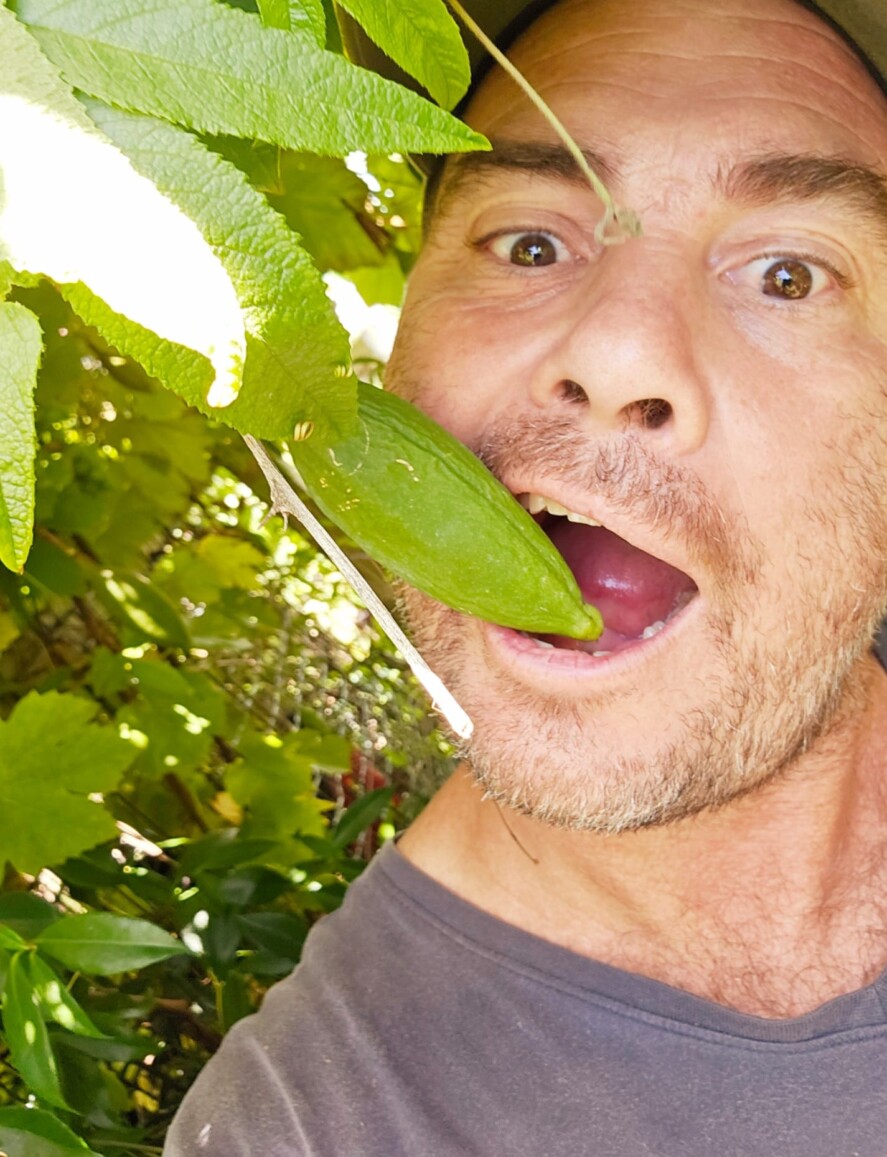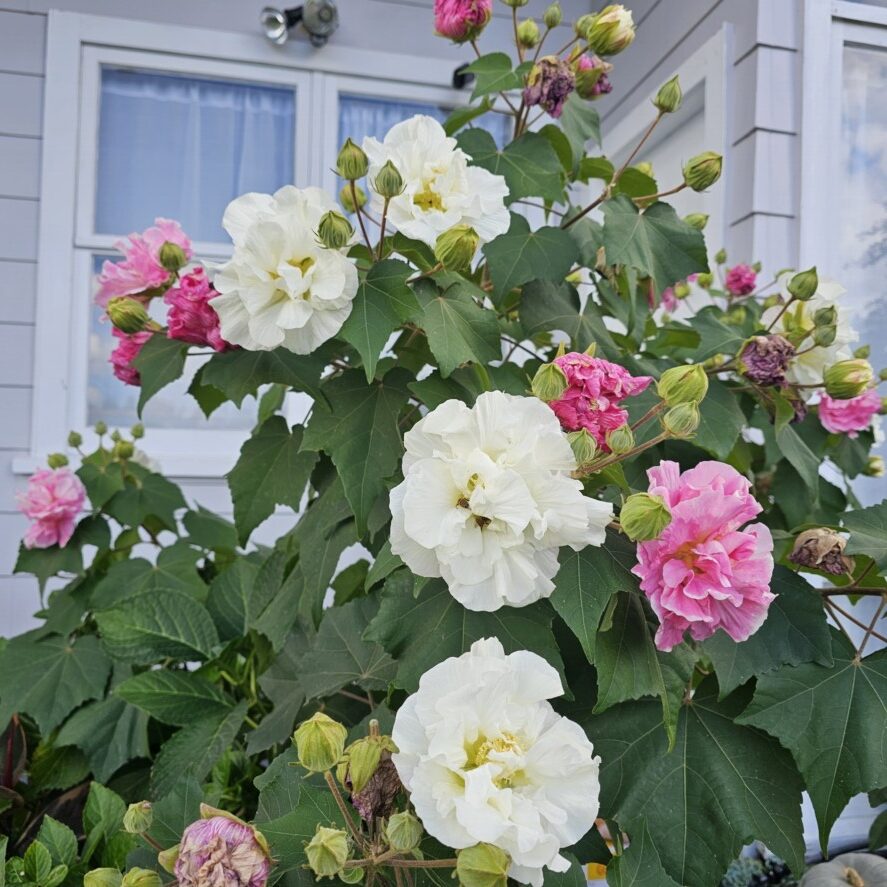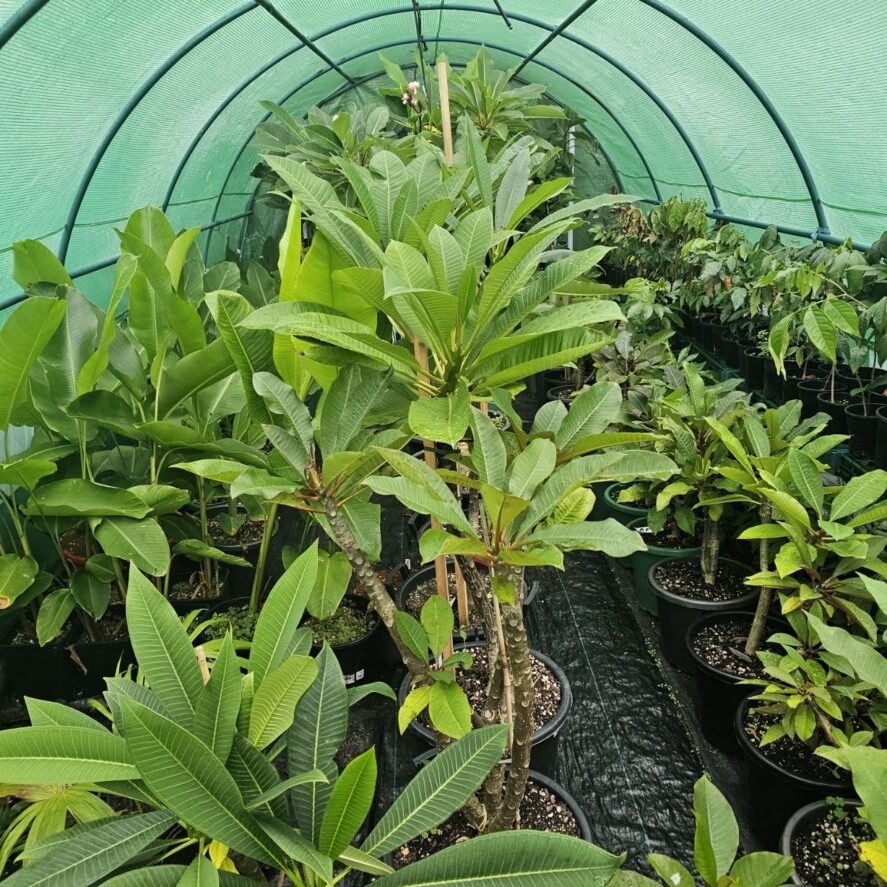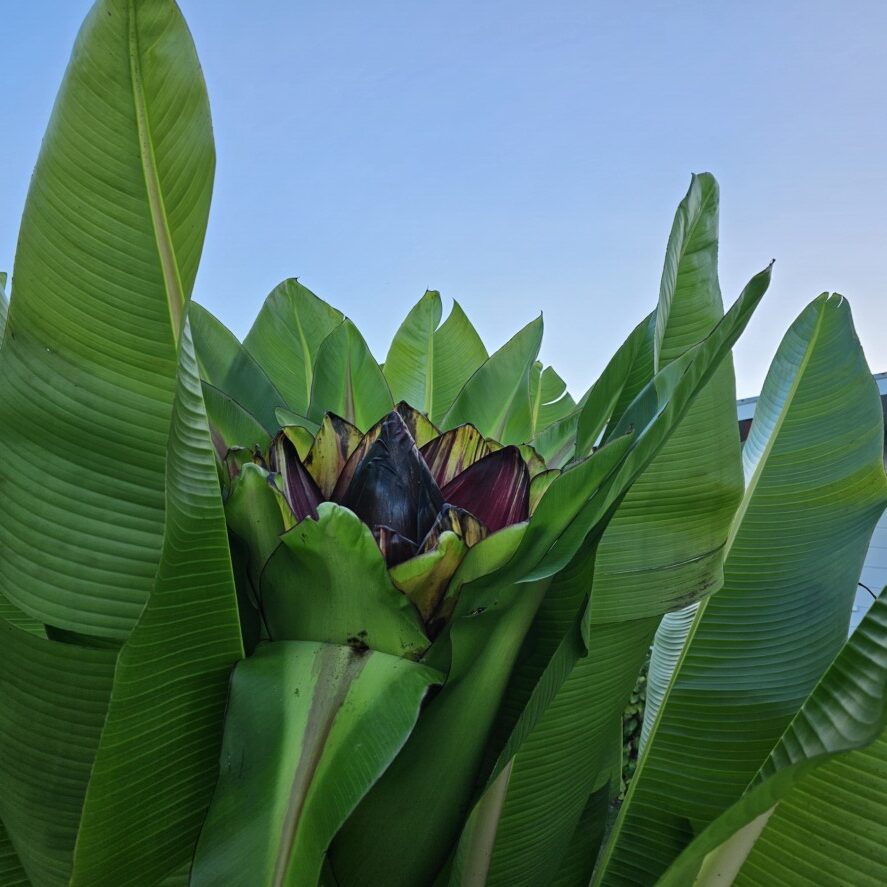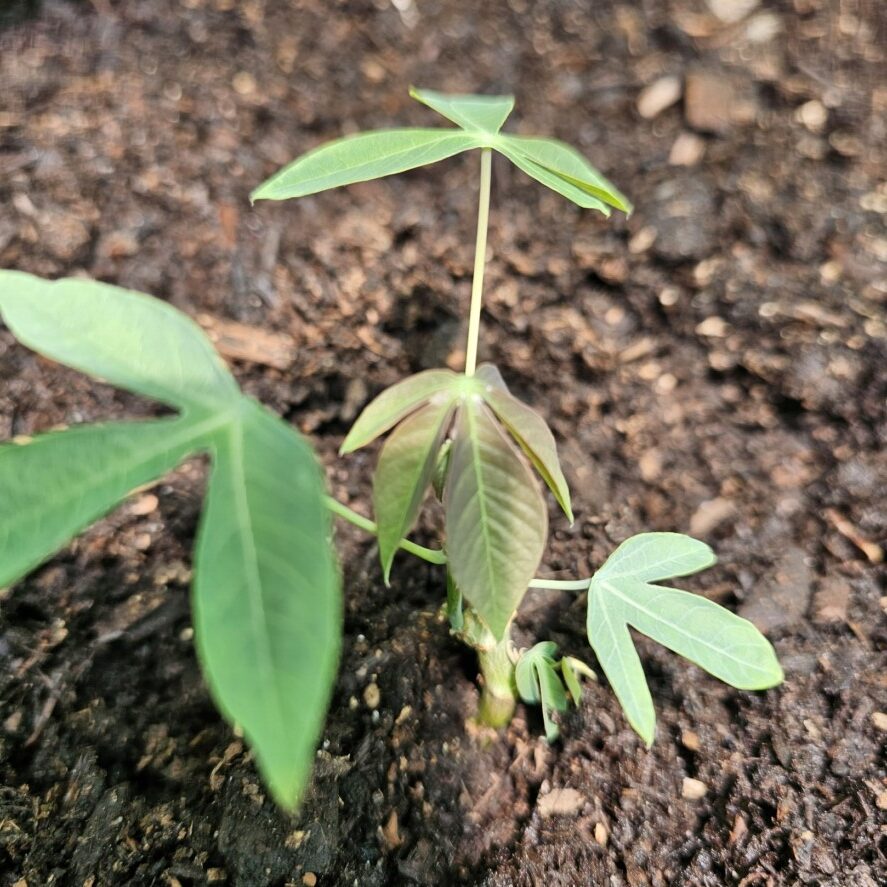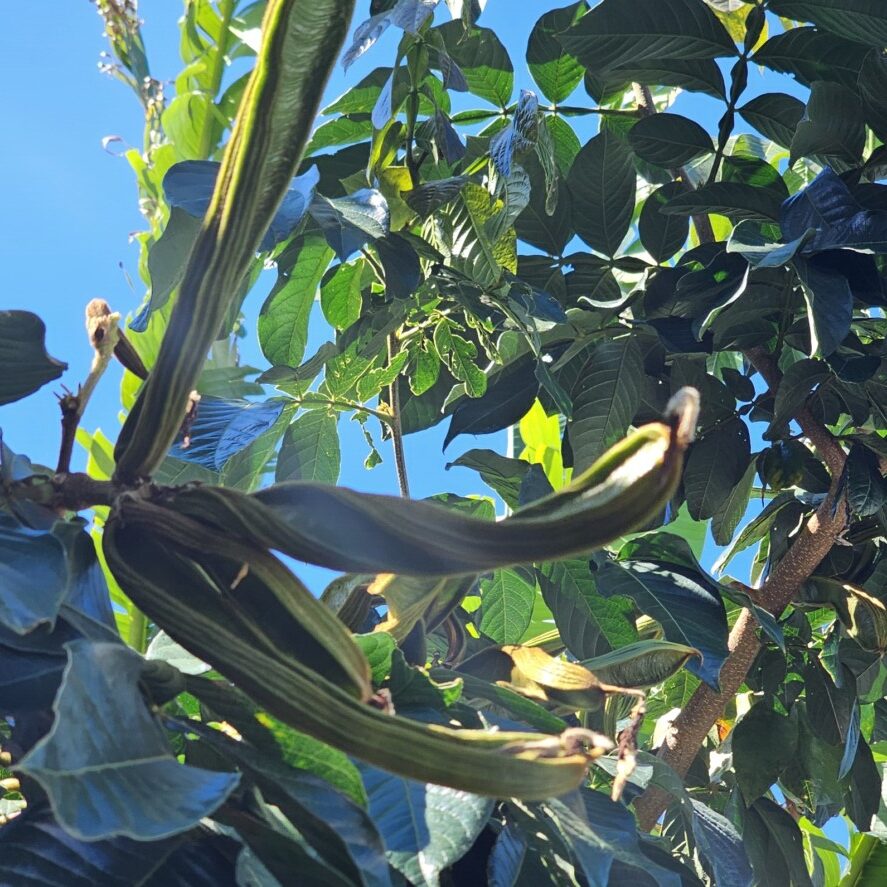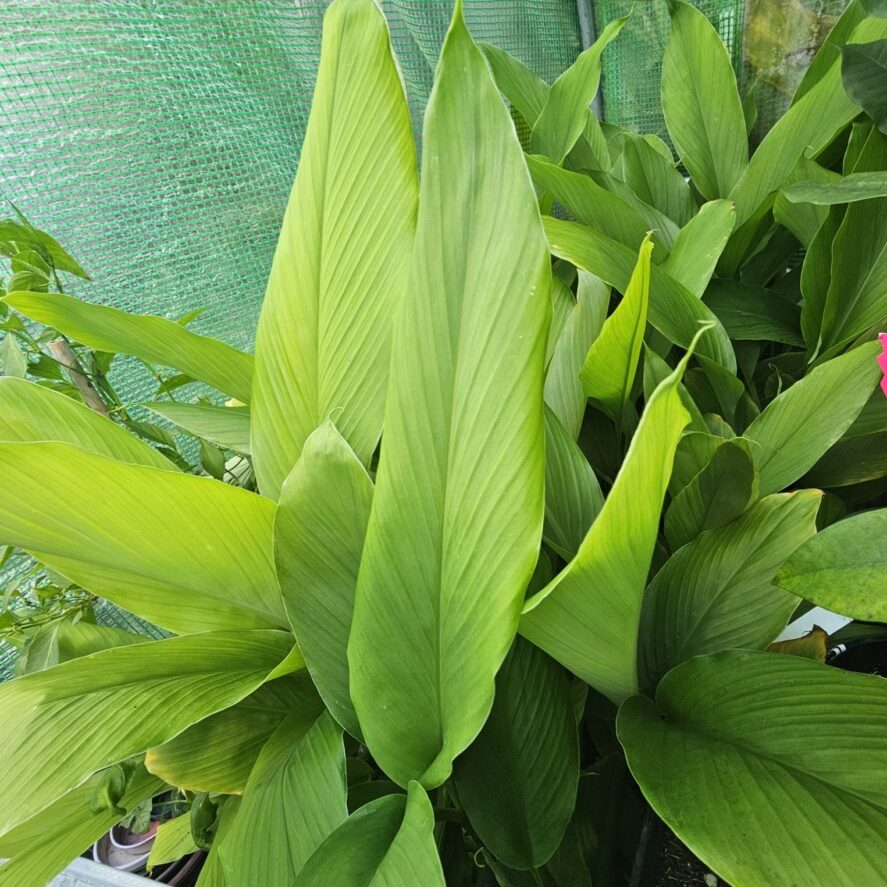-
Troppo Plant & Garden Articles
- Te Puke Region
- TROPPO’s Food Forest in Te Puke, BOP (www,foodforest.org.nz)
- Troppo’s Plant Collection
- TROPPO's Nursery Directory
- Food Forests of New Zealand (www.foodforests.nz)
- Nursery Map - Plant Suppliers of NZ Directory (www.nurserymap.nz)
- Kids Garden Corner
- New Zealand Garden Bird Survey
- New Zealand Garden Groups
- Delicious Recipes
Gardening Checklist for February in New Zealand
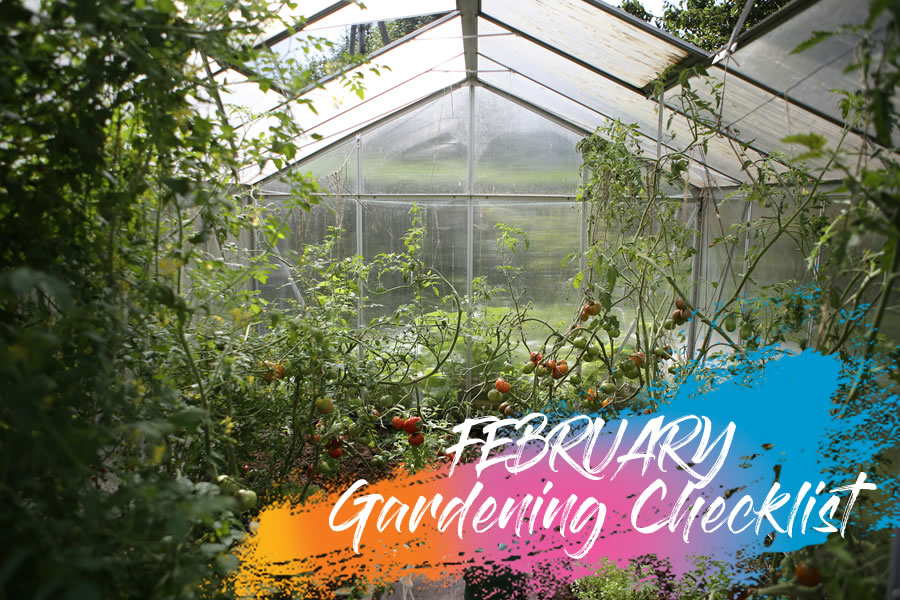
February is the last full month of summer in New Zealand, and it’s an important time to keep your garden thriving and start preparing for the cooler months ahead. Here’s a comprehensive checklist to help you manage your garden tasks in February.
General Garden Maintenance
- Watering: Ensure your garden is well-watered, especially during hot, dry periods. Water early in the morning or late in the evening to minimize evaporation.
- Weeding: Keep on top of weeds to prevent them from competing with your plants for nutrients and water.
- Mulching: Apply mulch around plants to conserve moisture, suppress weeds, and regulate soil temperature.
- Cleaning: Clear away fallen leaves and plant debris to prevent pests and diseases. Add healthy organic matter to your compost pile.
- Tool Maintenance: Clean, sharpen, and oil your garden tools to keep them in good working condition.
Vegetable Garden
- Planting: Sow seeds for autumn crops such as broccoli, cauliflower, cabbage, spinach, kale, and lettuce. Plant fast-growing crops like radishes and carrots.
- Harvesting: Continue harvesting summer crops such as tomatoes, peppers, cucumbers, zucchinis, and beans. Regular harvesting encourages further production.
- Feeding: Apply a balanced fertilizer to support the continued growth of summer vegetables and boost the new autumn crops.
- Pest Control: Monitor for pests like aphids, whiteflies, and caterpillars. Use organic methods like neem oil, insecticidal soap, or hand-picking to manage infestations.
Fruit Garden
- Harvesting: Harvest fruit as it ripens, including apples, pears, plums, peaches, and berries. Regular harvesting prevents fruit drop and pest attraction.
- Thinning: Thin out excess fruit on trees to improve air circulation and reduce the risk of disease.
- Pruning: Prune summer-bearing fruit trees and bushes after harvest to encourage new growth and shape the plants.
- Feeding: Apply a balanced fertilizer to fruit trees and bushes to support fruit development and overall health.
- Watering: Ensure fruit trees and bushes receive deep, regular watering, especially during dry spells.
Flower Garden
- Deadheading: Remove spent flowers from annuals and perennials to encourage further blooming and maintain a tidy appearance.
- Planting: Plant late summer and autumn-flowering plants like asters, chrysanthemums, and salvias. Sow seeds for spring-flowering bulbs like daffodils and tulips.
- Pruning: Prune summer-flowering shrubs after they finish blooming to shape them and remove dead or diseased wood.
- Feeding: Fertilize flowering plants to support continuous blooms and healthy growth.
Lawn Care
- Mowing: Continue to mow the lawn regularly, keeping the grass at a height of about 5-7 cm to promote healthy growth and reduce stress during hot weather.
- Watering: Water the lawn deeply and infrequently to encourage deep root growth. Water early in the morning to minimize evaporation.
- Fertilizing: Apply a slow-release lawn fertilizer to support healthy growth and maintain a lush, green lawn.
- Weeding: Remove weeds by hand or use a selective herbicide to keep the lawn looking its best.
Container Gardening
- Watering: Check containers daily and water as needed, as they can dry out quickly in warm weather.
- Feeding: Fertilize container plants regularly with a liquid fertilizer to support healthy growth and flowering.
- Re-potting: Re-pot container plants that have outgrown their pots or need fresh soil.
- Positioning: Move containers to protect them from the hottest part of the day or provide shade as needed.
Herb Garden
- Harvesting: Harvest herbs regularly to encourage new growth and prevent them from flowering too early. Dry or freeze excess herbs for later use.
- Planting: Sow seeds for autumn herbs like coriander, parsley, and chervil. Transplant herb seedlings as needed.
- Watering: Keep the soil consistently moist but not waterlogged. Mulch to retain moisture and suppress weeds.
- Feeding: Apply a balanced fertilizer or compost tea to support healthy growth and flavorful herbs.
Conclusion
By following this comprehensive gardening checklist for February, you can ensure your garden remains healthy and productive as summer comes to a close in New Zealand. These tasks will help prepare your garden for the cooler months ahead and ensure a beautiful and bountiful garden year-round. Happy gardening!

